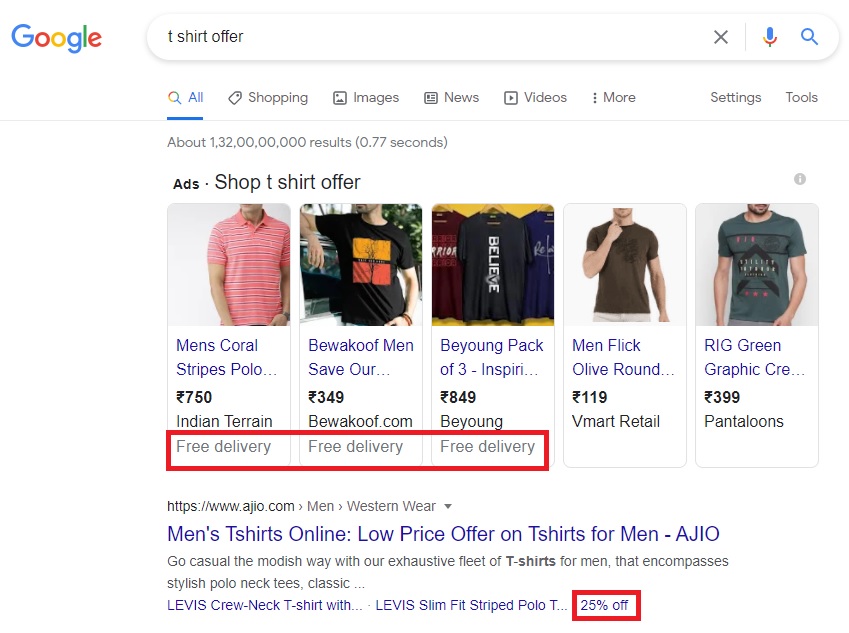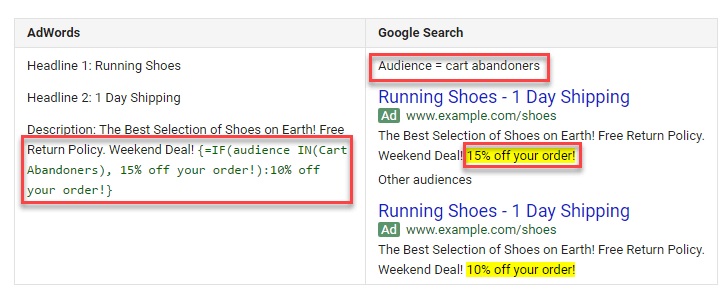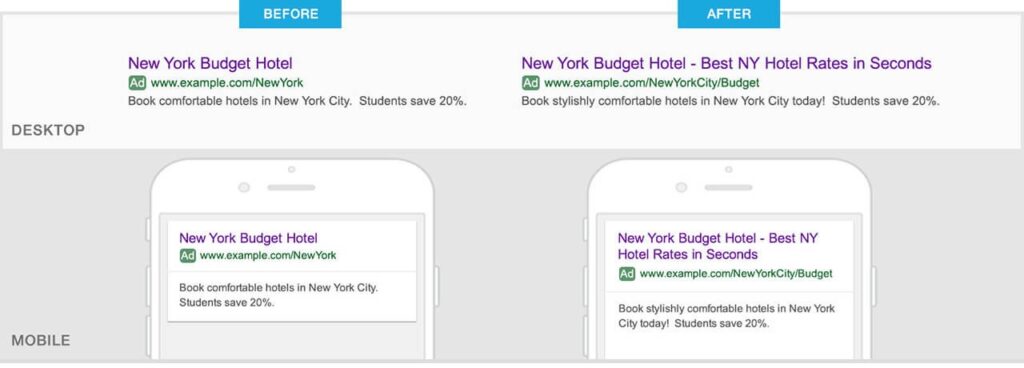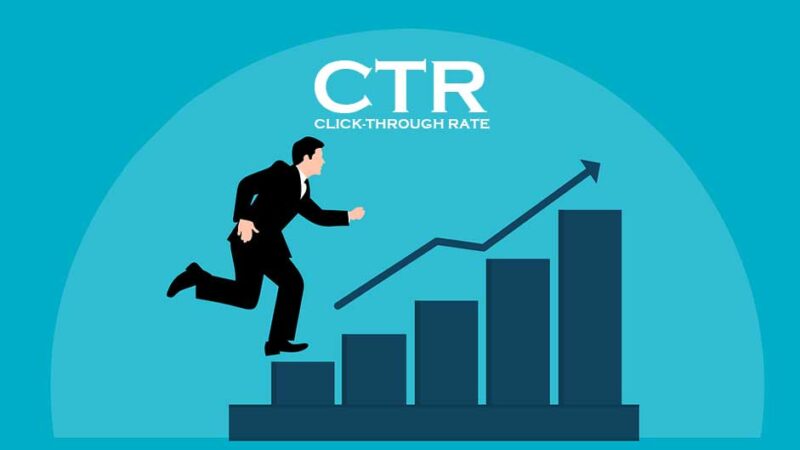Search Engine Marketing Action Plan

What is Search Engine Marketing?
Search engine marketing is a type of Internet marketing that includes improving the exposure of websites in search engine results pages, typically through paid advertising.
Advertisers pay to the target keywords based on their potential customers search terms. The process of creating paid advertising campaigns that appear in the search engine results.

Which are the top search engines and advertising platforms?
- Google.com – Google Ads
- YouTube.com – Google Ads
- Bing.com – Microsoft Advertising
- Amazon.com – Amazon Advertising
- Pinterest.com – Pinterest Ads
- DuckDuckGo.com – Microsoft Advertising
- eBay.com – eBay Advertising
How to develop a SEM Strategy?
Following are the steps to developing an effective SEM plan.
Step 1 – Define your goals
What is your target, and through which means you are going to achieve the target?
Step 2 – Keyword Analysis
Test and analyze your keywords frequently and search for generic keywords & long tail keywords.
Step 3 – Keep local search in mind
46% of Google searches are searching for local businesses. So, if you are selling goods or providing services locally, the SEM campaign is one more chance to get discovered.
Step 4 – Create some urgency
The feeling of urgency is a great trigger to motivate people to buy so you should use it throughout your marketing strategy, particularly, in paid advertising. Just add some urgency-provoking works to the headline of your ads, for example, “Special Offer – 24 Hours Left, Free Delivery, 25% off” or “Ends {when}.”

Step 5 – Use the “Similar Audience” feature
This Google AdWords tool lets you to show your ads to a group of users that share your audience’s behavioral patterns and interests. The goal is to broaden the reach of your top-performing audiences by targeting new individuals who share similar characteristics as your site visitors. This is a great way to generate more leads and attract qualified traffic to your website.

Step 6 – Create an SEM Landing Page
Landing pages are often the first impression customers get when they visit your website.
What makes a good landing page?
- A call to action
- An attention-grabbing headline
- A clear, concise message about the product or service
- Content that’s digestible, not overwhelming or long
- The page must be visually appealing, or easy to scan
- Utilize emotional triggers to drive sales
Step 7 – Segment and personalize your ads
Google AdWords offer a wide range of options for personalizing and segmenting your ad campaigns. For example, you might configure your adverts such that they only appear to mobile users. Alternatively, you may categories your consumers in a more complex manner. If you utilize a custom audience uploaded to Google AdWords, you may segment your customers into those who have just abandoned a cart and display them a highly personalized message.

Step 8 – Find the most efficient approach with A/B testing
A/B testing is a versatile marketing method that assists you in finding the best visual/textual solutions for any campaign. When it comes to paid ad testing, you should first pick which element of the ad you want to test. On a limited audience, for example, you can test two alternate headlines, descriptions, extensions, or separate words such as urgency triggers.

Then, compare results and determine which phrasing motivated the experimental audience the best. Apply the winning version to the rest of the audience.
Step 9 – Click Through Rate/CTR
The CTR or click-through rate indicates the percentage of clicks that users make on a link and allows you to measure performance. The higher the percentage, the higher chance of a good SEO positioning.
Step 10 – Short & long term strategies
Short-term wins are important, but your company requires long-term strategies. Your SEM strategy should prioritize crucial success factors like as customer retention and brand loyalty so that you may cultivate strong, long-lasting connections with a dedicated customer base that will support your business for years to come.
Step 11 – Have clickable share buttons
Many people are interested in sharing information about a recent purchase or a resource they have found useful. Including share buttons enhances the likelihood of your content being shared across social media, and strong landing pages make extensive use of these buttons. It’s also a good idea to include social sharing icons on the thank you page, as consumers will be more likely to spread the word about your fantastic offer.
How to setup SEM Campaign?
- Choose your SEM channel (Google Ads, Bing Ads etc.)
- Estimate monthly budget
- Set up landing page/s for SEM traffic
- Set up conversion tracking to track results
- Choose targeting for campaign
- Create ads & launch campaign
- Track results and optimize
What are the benefits of Paid Advertising?
- Scale up as quick as you want. If you spend more money you get more traffic. If you start paid advertising campaign, you get that traffic immediately.
- You can target any region you want.
- You can leverage dayparting. It means your business is only around from 8 am to 5 pm, and let’s say you’re in the B2B industry, and you’re looking for phone calls, why would you want to pay for ads at 6 pm? Because if someone comes to your website, and they try calling you, no one’s going to be there to answer it. With dayparting, it allows you to pick what hours you want your ads to show up. The last thing you want to do, is be spending money during times that you’re not in business.
- Aggressive Landing Pages. You can have a very aggressive landing page that focuses on your service, your offer, your product and you can get people to convert much higher from a percentage of how many visitors you’re getting to how many customers, than you can from SEO.






